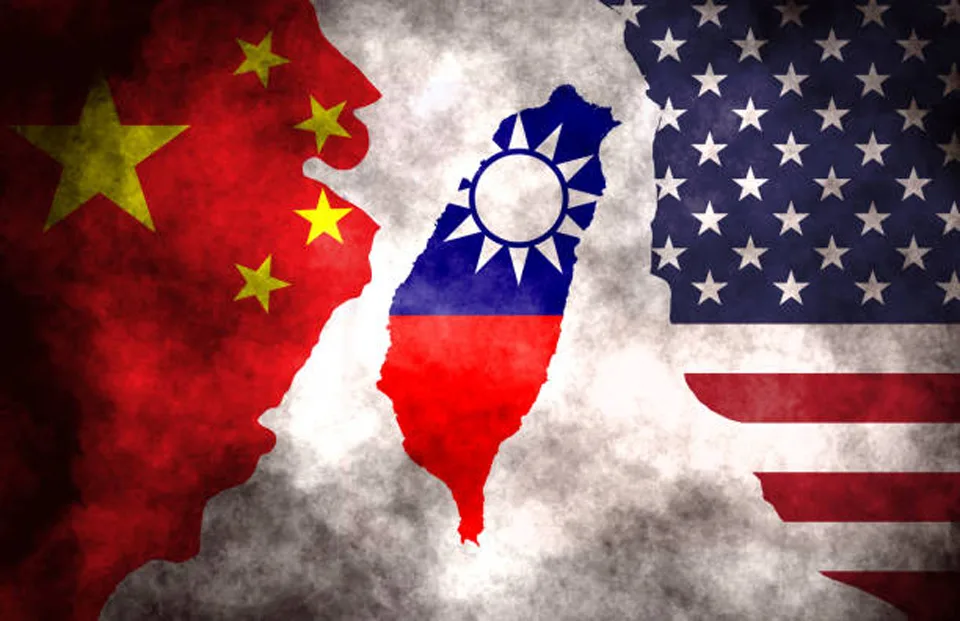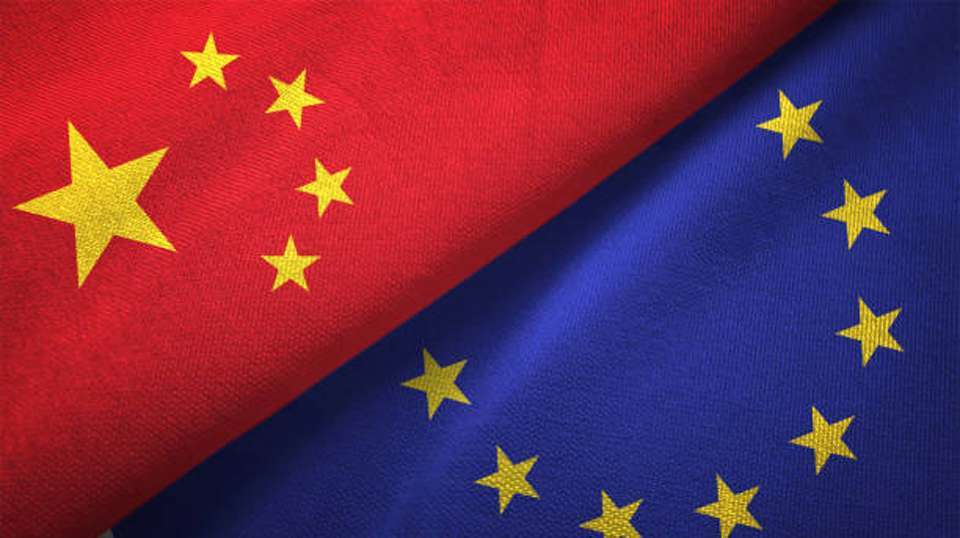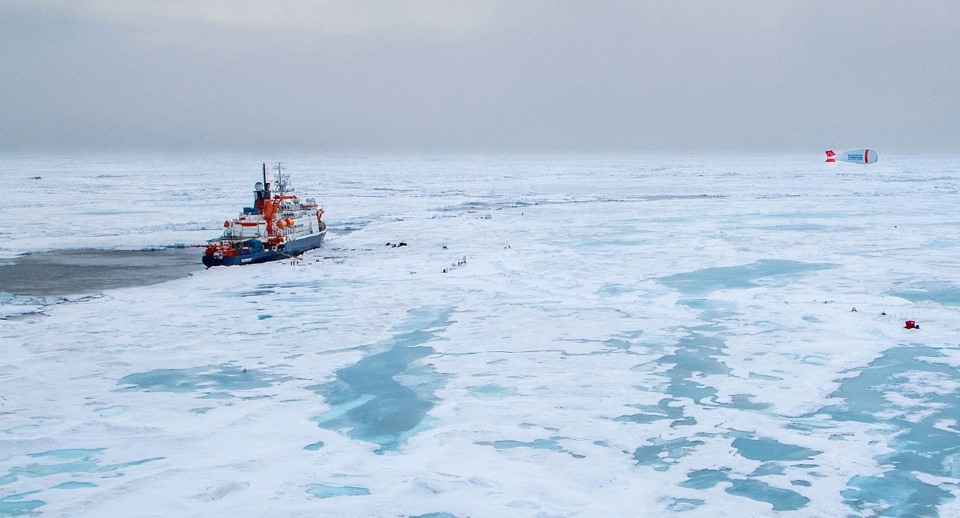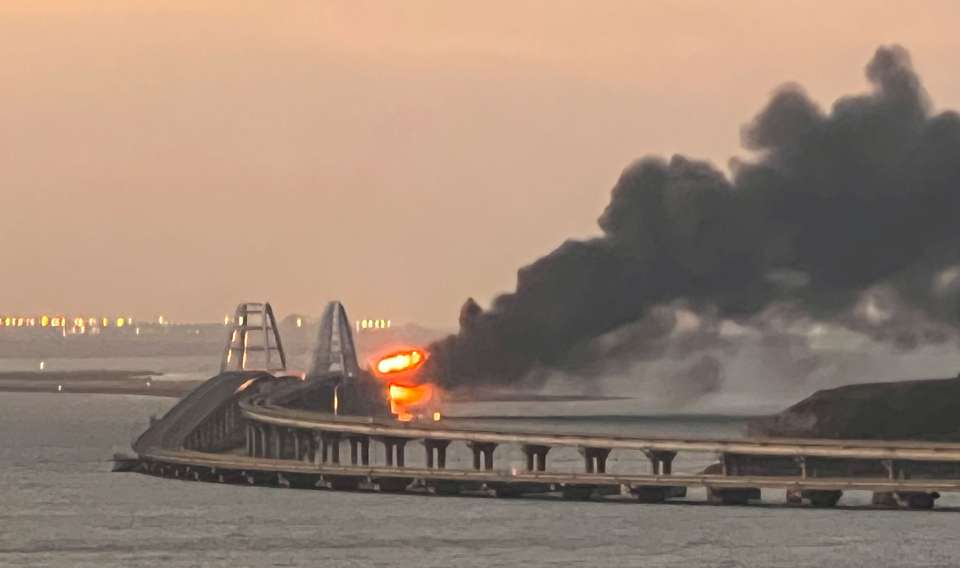
The Chinese coast guard has been attempting to blockade a Philippine military outpost in the South China Sea for nearly three months. The attempted blockade of the Sierra Madre, an aged amphibious assault ship, is not just a flashpoint in the ongoing conflict between Beijing and Manila but also a preview of China’s potential attempt to conquer Taiwan.
China’s leaders aim to destroy Taiwan’s democracy and seize control of the island, but this ambition might not require a direct attack. Analysts suggest that if China attempts a blockade of Taiwan, Taiwanese forces and their American allies will have to break the blockade or risk losing the island democracy to mainland autocracy.
Taiwan and the United States are increasingly well-equipped to execute a blockade-breaking strategy using submarines and missiles. The Chinese coast guard’s ability to intercept and force back some of the ships the Philippines sent to resupply the marines aboard Sierra Madre should serve as a warning. Beijing’s coast guard, with 160 armed patrol vessels, is the largest in the world but deploys a fraction of the force that the Chinese navy deploys.
The People’s Liberation Army Navy (PLAN) is the most powerful navy globally, with over 350 ships, a number dozens more than the US Navy. The Chinese Communist Party has the power to surround Taiwan with ships and cut off vital supplies of food and fuel. The question is whether Taiwan and the US could break the blockade, which seems likely to be possible. The US holds a major advantage with its 53 nuclear-powered attack submarines, which are the best and most heavily-armed undersea fleet in the world.
These submarines are stealthy and powerful, but they are expensive, delicate, and require extensive support and highly-trained crews. For a January study, CSIS analysts ran dozens of simulations of a Chinese attack on Taiwan, revealing that American submarines were able to enter the Chinese defensive zone and wreak havoc with the Chinese fleet.
Submarines successfully sank 64 Chinese ships in two weeks of simulated intensive fighting, including major amphibious and surface combatants of the PLAN. Although the US fleet lost up to a quarter of its submarines in the CSIS war games, there are good reasons to believe the undersea campaign might get easier soon.
The CSIS war game did not include Taiwanese submarines, as the current fleet is insufficient. However, the future Taiwanese sub fleet could be powerful, with the country launching its first new submarine in four decades. The next boat in the class is expected to launch in around four years. Taipei plans to build up to eight non-nuclear vessels, including the latest American combat systems. The prospects for a successful Chinese blockade of Taiwan diminish even further with Taiwan’s eight submarines and the United States’ 53 submarines.
The US Air Force’s long-range bombers and stealthy cruise missiles are also critical to any American intervention in a Chinese attack on Taiwan. The critical issue might not be means but will.
The US presidential administrations have reiterated their commitment to support Taiwan in the face of a potential Chinese attack. However, at what point would a blockade qualify as an attack? The US’s response to a Chinese blockade is a political question, and it is worth noting that the US hasn’t directly intervened in the Chinese blockade of a Philippine outpost.






